|
Marcus Neustetter (April 2008)
in two minds 5 - 26 April 2008 Walkabout with the artist on Thursday 17 April at 18:00. Booking by phone The exhibition is accompanied by an artist's book. (Click on 'Publications' for more information.) Although Marcus Neustetter’s latest exhibition at Art on Paper Gallery invokes processes of mapmaking - representing space by drawing it in two dimensions on a map - it is not about conventional cartography. Rather, he introduces the element of motion into the mapmaking process, intimating the aspect of time in the exploration of geographical space. In fact, Neustetter’s art is about finding a method of referring to our experience of the coalescence of space and time. On the last evening of Marcus Neustetter’s ascent of Kilimanjaro in December 2006 the night was so clear that the lights of the city of Moshi at the foot of the mountain seemed to be reflected in the stars in the sky above. The sky could as well have been a map of the landscape below. Neustetter generated digital maps of these reflections exploring the structural similarities of various spaces at specific times. In another, related series of work, Neustetter traces motion through space by holding a pen loosely in his hand while flying in a plane over various parts of South Africa. He also captures motion when the plane takes off or lands, and recording the seemingly haphazard, random and arbitrarily made marks caused by the velocity of the plane on small sheets in his sketch book. These marks reference the spontaneous gesture painting of Jackson Pollock, Cy Twombly and Brice Marden. He is often compelled to draw the contours of a mountain range, seen through the window of the plane, or the course of a river, the edge of a forest, or the grid-like layout of a city or a small town. Neustetter has collated references, revisited past installations, mapped new projects and compiled them in an artist’s book, previewed at the Joburg Art Fair in March 2008. The exhibition at Art on Paper Gallery not only presents the artist’s book (eighty of which are accompanied by pen and ink drawings and signed by the artist) but also displays Neustetter’s new body of work. He considers his solo exhibition as an opportunity to articulate his ideas and concepts about dealing with a profound personal experience, and searching for the relationship between seemingly random occurrences in his life and subsequent visual ‘translations’. Inspired by aerial perspectives from flights during his travels, Google earth images, his visit to SALT (the largest telescope in the southern hemisphere) at the observatory in Sutherland, the meteorite crater at Tswaing in Soshanguwe and The Observatory at the Cradle of Humankind, Neustetter has been exploring shifting perceptions within the reflections of lights, formal abstractions and visual constellations through his own mark-making processes in drawings and digital experiments. In this regard, Neustetter is akin to Bradford Washburn, the cartographer of the Grand Canyon in the USA, who transcended such conventional cartographic instruments and devices as theodolites and aerial photographs, and explored the area on foot, recording the undetectable such as vertical cliffs, the wriggles of a creek or foot path, that are not captured in aerial photographs. “If you have this kind of accuracy in all detail, the overall feeling of the country will be correct” he once observed. “Great precision in detail always yields extraordinary accuracy in the sense of the whole.” Neustetter’s ‘fieldwork’, similar to that of Washburn, is essential for the production of his art. In a sense Neustetter enhances the conventional cartographic instruments of remote sensing, the use of aerial photography, navigation, and computation to augment his own work and turn it into mental maps, charting the kind of psychogeography of Guy Debord and On Kawara. Debord labels this mapping, dérive, or, as he explains it, drifting, or deliberately losing oneself. “In a dérive”, Debord expands, “one or more persons during a certain period drop their usual motives for movement and action, their relations, their work and leisure activities, and let themselves be drawn by the attraction of the terrain and the encounters they find there …From the derive point of view [spaces] have a psychological relief, with constant currents, fixed points and vortexes which strongly discourage entry into or exit from certain zones.” This is the kind of map Neustetter puts in the hand of the prospective traveller. The exhibition includes an installation, digital traces, drypoint prints, drawings, photographs and images presented on SANSUI LCD screens. The diversity of media draws attention to various processes of production and fabrication of art works. The fact that contemporary artists use outsourced labour, industrial processes and custom fabrication in the production of their work evokes little comment nowadays. Rather, a shift in theoretical discourse from ‘finished artwork’ to ‘processes that bring them into being’ is more evident. The latter process results in a comprehensive production of knowledge, apart from the mere creation of artistic objects for its own sake. Neustetter draws on the expertise, skills and efforts of many people: he attends a lecture of laser; he visits the SALT telescope; he searches Google Earth; he even climbs a mountain in order to produce the kind of knowledge underscoring he exhibition. But even the sum total of the parts does not reflect the extent of the whole body of knowledge that goes into the production of his work. It is immeasurable. Joshua McElheny proposes a ‘taxonomy of production’ which includes such ranking orders as ‘faking’, ‘borrowing’, and ‘stealing’ in order to classify contemporary artists’ relationship to the readymade and its underlying industrial processes . In Neustetter’s case one is more inclined to talk about ‘appropriating’, or ‘accessing information’, as mentioned above, than some of McElheny’s categories. The processes of production and fabrication that Neustetter employs addresses the ‘lag’, or, if you will, the ‘delay’ that exists between ‘thinking’ and ‘making’: he expands and contracts this delay at will. The confrontation with each of the various media he uses poses the real challenge. No matter how carefully he orchestrates the production, each medium holds its own inherent potential; each medium requires a sensitive, almost intuitive exploration from the artist; and each medium inadvertently results in elements of chance. Text: Wilhelm van Rensburg Marcus Neustetter was born in Johannesburg on 14 November 1976 and attended the Deutsche Schule zu Johannesburg. He obtained his Bachelor of Arts in Fine Arts at the University of the Witwatersrand, and his Masters Degree in 2001. During this time he launched sanman (Southern African New Media Art Network). He has been a professional artist since 2001 and, in partnership with Stephen Hobbs, has been developing The Gallery Premises, The Trinity Session and their artistic collaboration, Hobbs/Neustetter, as documented in www.onair.co.za. Marcus Neustetter lives and works in Johannesburg, South Africa.
|
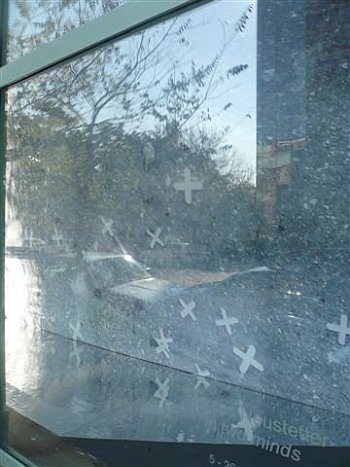
in two minds. site specific installation
|
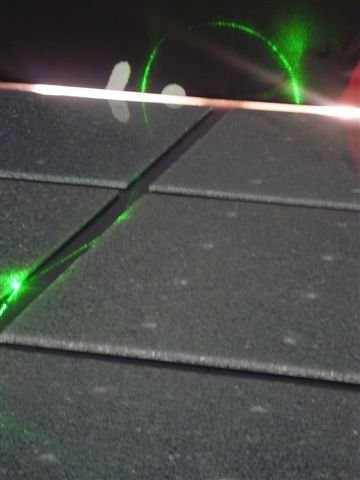
in two minds. site specific installation
|

Tswaing reflections. 2008. digital print
|
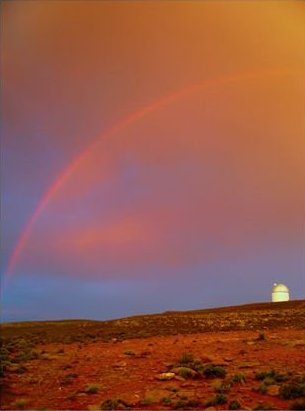
SALT reflections. 2008. digital print
|
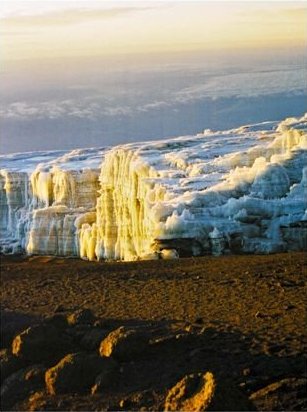
Kilimanjaro reflections. 2008. digital print
|
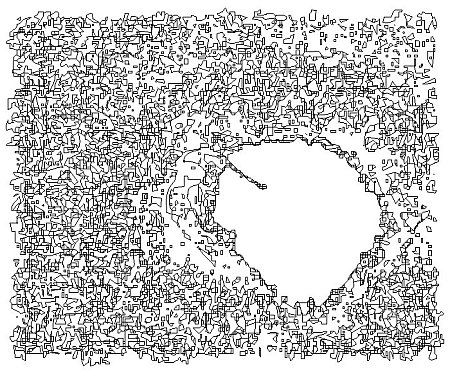
Tswaing Meteorite Crater Google Earth trace. detail. 2008. digital print
|
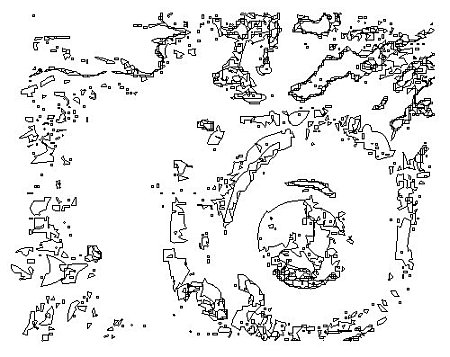
Kilimanjaro Google Earth trace. detail. 2008. digital print
|
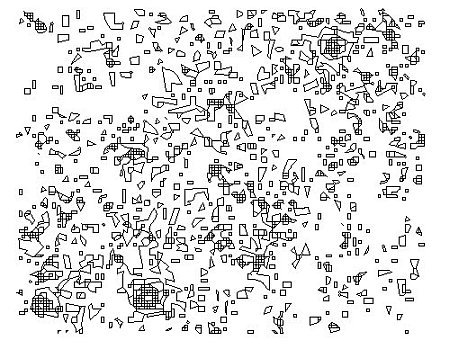
Telescope Star Image trace. detail. 2008. digital print
|
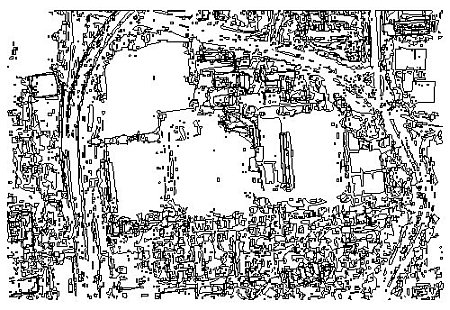
Johannesburg Google Earth trace. detail. 2008. digital print
|
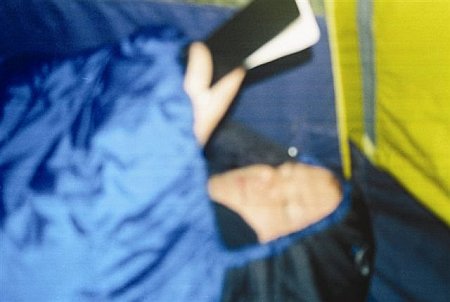
Night before the summit, Kilimanjaro. 2008. digital print
|
|

